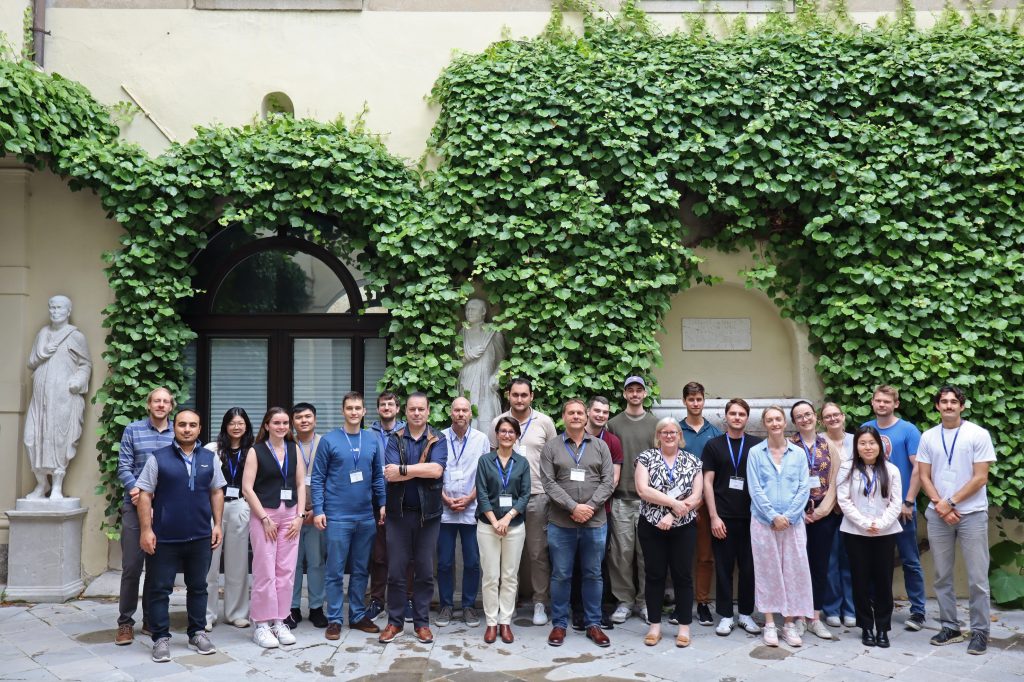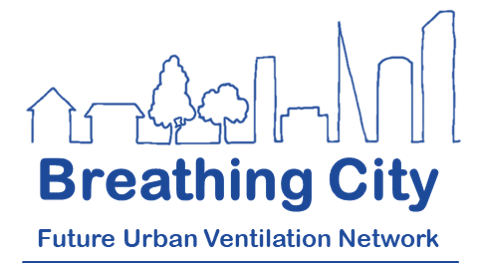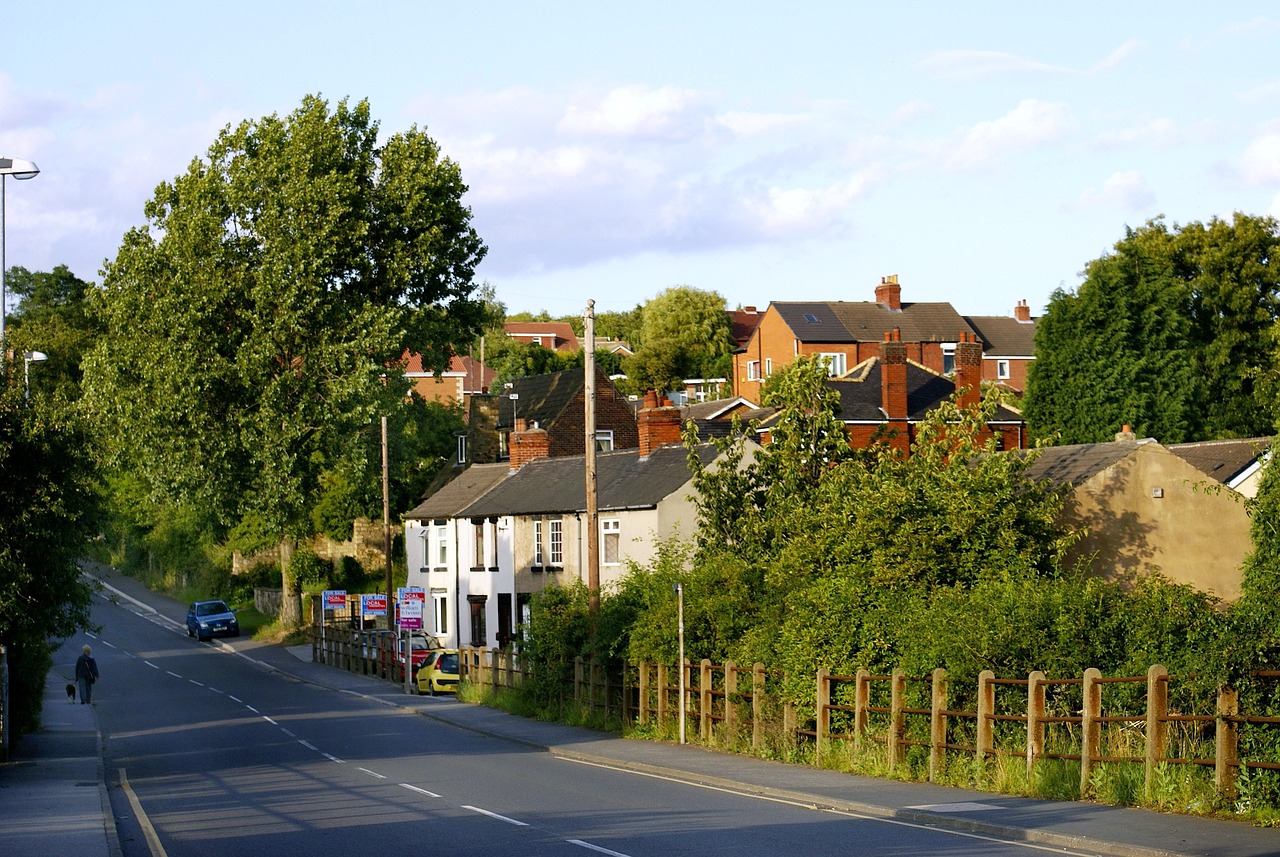Written by Dr Kat Roberts (Summer School Participant)
On 10-14th June 2024, early career researchers from around the globe travelled to Udine in northern Italy, for an intense week-long summer school on ‘Fluid Mechanics of Buildings for Energy, Health and Well-being’. The week was hosted by the International Centre for Mechanical Sciences (CISM), which is a non-profit organisation founded in 1968. The main aim of CISM is to bring together scientists and young researchers from around the world to foster knowledge sharing and learning in the international scientific community. The week was supported by the UKRI Future Urban Ventilation Network, who funded the input from early career guest lecturers and provided bursaries for a number of participants.

This week’s summer school was developed and led by Henry Burridge, Senior Lecturer in fluid mechanics from Imperial College London, UK, in conjunction with Bert Blocken, Jørn Toftum, Cath Noakes, and Corinne Mandin. The summer school was attended by 21 people, with a similar number attending online, coming from 18 countries and 4 continents. A variety of topics was covered giving participants an in-depth overview of contributing mechanics that interact within the built environment, condensing many years of expert knowledge and experience into the week’s teaching material.
Bert Blocken, Professor of Aerodynamics from KU Leuven, Belgium and Heriot Watt in the UK, gave 6 lectures on urban fluid mechanics which considered the dynamics of flows into urban environments, around buildings, and included analysis of pollutant sources and dispersion in these environments.
Jørn Toftum, Professor of the Indoor Environment at the Technical University of Denmark, gave 6 lectures on energy usage of buildings with a focus on thermal comfort. The thermal performance of buildings and their energy usage was considered with a focus on human comfort and performance.
Henry Burridge gave 7 lectures on natural and low-energy ventilation of buildings. Analysis on how we might ventilate our buildings effectively whilst using less energy was presented with emphasis on the fluid dynamics of these flows.
Cath Noakes, Professor of Environmental Engineering for Buildings from the University of Leeds, UK, gave 6 lectures on solutions to assess and mitigate the health, productivity, and well-being impacts of buildings. Frameworks to assess and mitigate the health, productivity, and well-being implications of buildings were presented and discussed.
Corinne Mandin, from the Institut de Radioprotection et de Sûreté Nucléaire and expert in human exposure to chemicals in indoor environments, gave 6 lectures on indoor pollutants and links to human exposures. Learning was linked to the pollutants we face indoors and our exposures thereto, highlighting key pollutants and the rising challenges.
In addition, 2 early career researchers were invited as guest lecturers and delivered lectures on their chosen research areas:
Alexander Edwards from the EPSRC Centre for Doctoral Training in Fluid Dynamics at the University of Leeds, gave a guest lecture on ‘Transient and Multi-zonal Modelling of Airborne Transmission’. Alex’s lecture covered the benefits of implementing multi-zone models and explained why transient flow is important in these models. He also discussed the pros and cons of using CONTAM, a multizone indoor air quality and ventilation computer model that can be used to determine airflows, contaminant concentrations, and personal exposure with example outputs from his research.
Carolanne Vouriot, lecturer in Building Physics at the University of Sheffield, gave a lecture on how carbon dioxide monitoring can be used to estimate, and manage, low-energy ventilation. Carolanne explained mathematically how carbon dioxide monitoring can be used to estimate ventilation in indoor spaces and the value of using it as an indoor air quality indicator, highlighting the importance of collecting contextual information simultaneously.
Both lectures from our early career researchers gave participants an insight into specific research areas that complemented the more detailed lecture topics delivered throughout the week.
Interactive activity: At the end of the first day, participants were split into 5 groups and each was given a carbon dioxide (CO2) monitor. The monitors measured CO2 concentration (ppm), air temperature, and relative humidity. Each group was tasked with experimenting with the monitors over the course of the week to track how monitored readings change in different environments and situations. This created some good discussions within the groups, with 2 groups even forging a collaboration and comparing monitor readings simultaneously in different locations in the same room. Other groups noted ventilation differences between bedrooms located in the same guest house and on the same floor. It was recorded that the bedroom with single sided ventilation design provided insufficient ventilation, compared to the bedroom with cross-ventilation design and multiple window openings which provided adequate ventilation. The interactive session was a great way to witness first-hand how different room sizes and ventilation design can affect CO2 concentrations hence ventilation rates, and demonstrated the value of low-cost monitoring.
Overall, the 5 days spent at CISM were hugely rewarding, filled with many interesting and stimulating discussions both in the lecture theatre and during espresso breaks, that pushed our knowledge boundaries and gave us an opportunity to converse with experts. This unique opportunity to connect with a diverse range of international researchers will hopefully pave the way for future collaborations, but above all, it has created an exclusive legacy resource of consolidated knowledge which participants can continually draw upon as they progress their careers.


